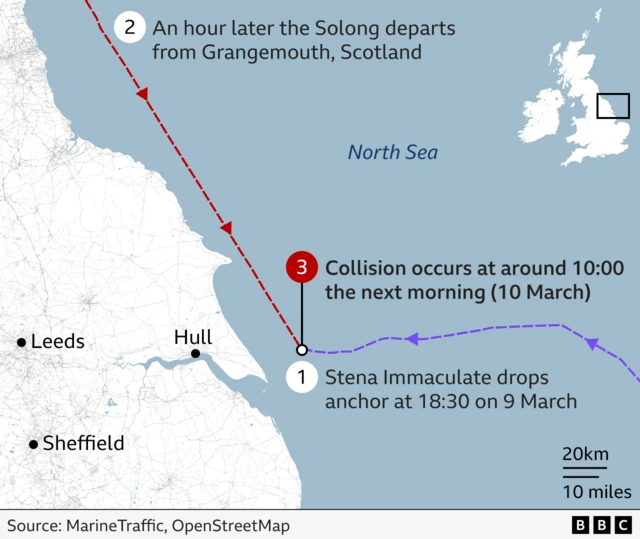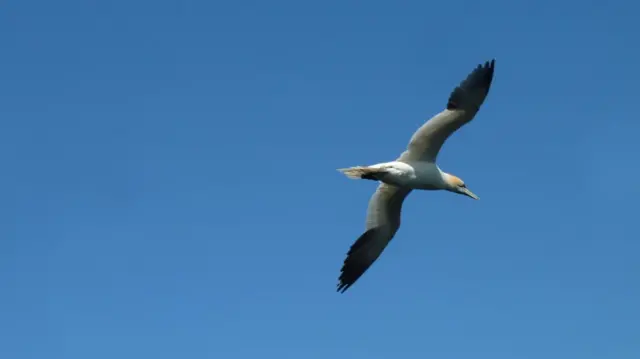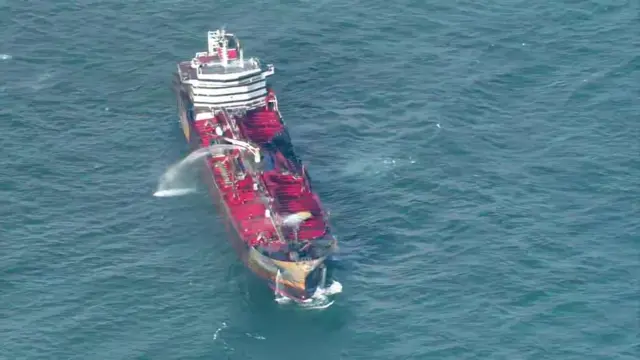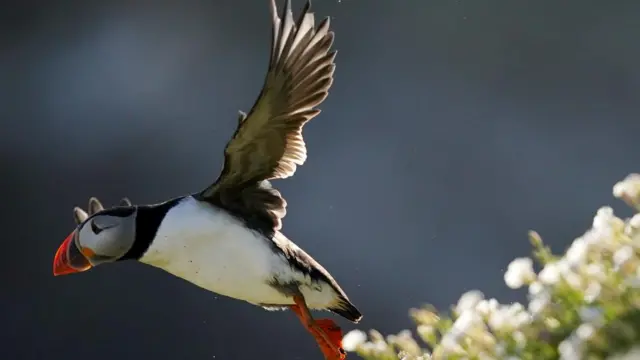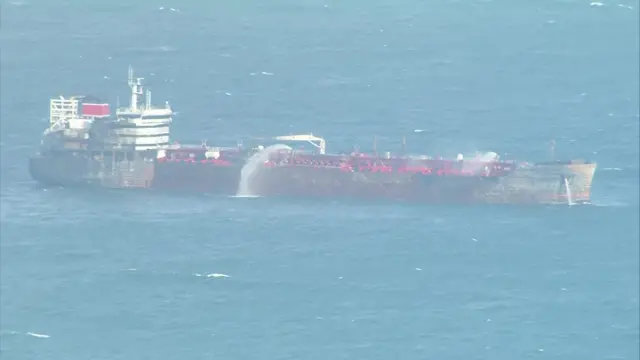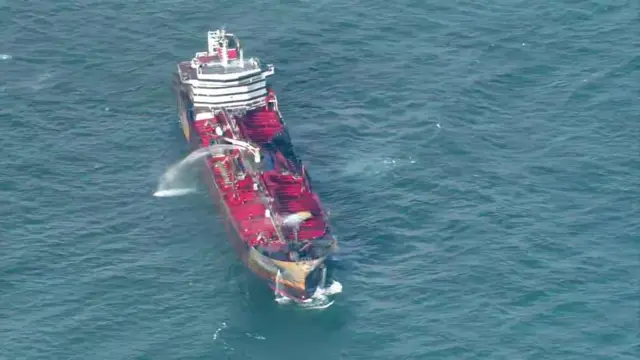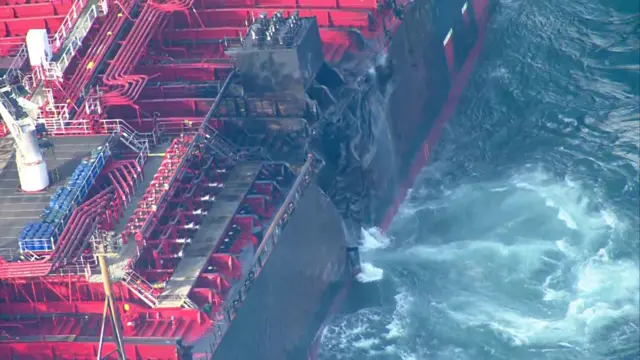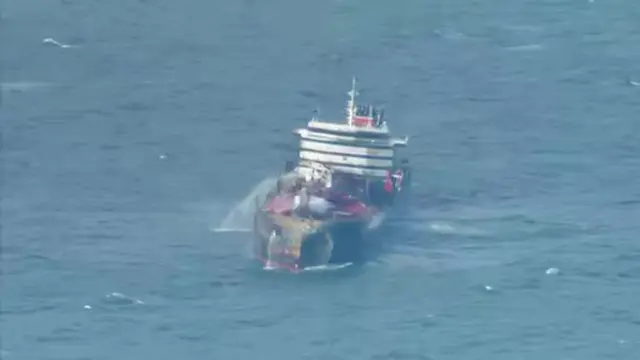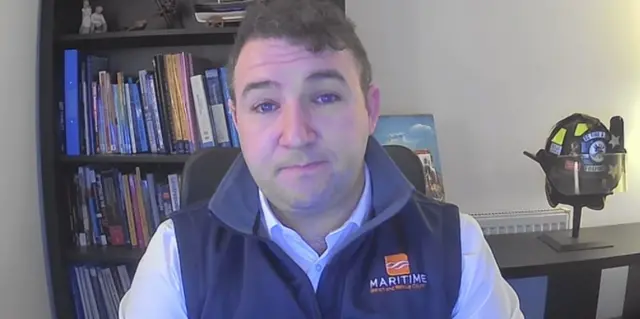House of Commons to hear statement on North Sea collisionpublished at 12:41 GMT 11 March
After that brief flurry of breaking news, we're also soon going to be hearing from the parliamentary under-secretary for the Department for Transport.
Mike Kane is scheduled to make a statement to the House of Commons on the collision of two vessels in the North Sea on Monday morning.
The session is expected to start shortly and we'll be providing updates on this page when it gets under way.
You can also follow along by pressing watch live at the top of this page.


